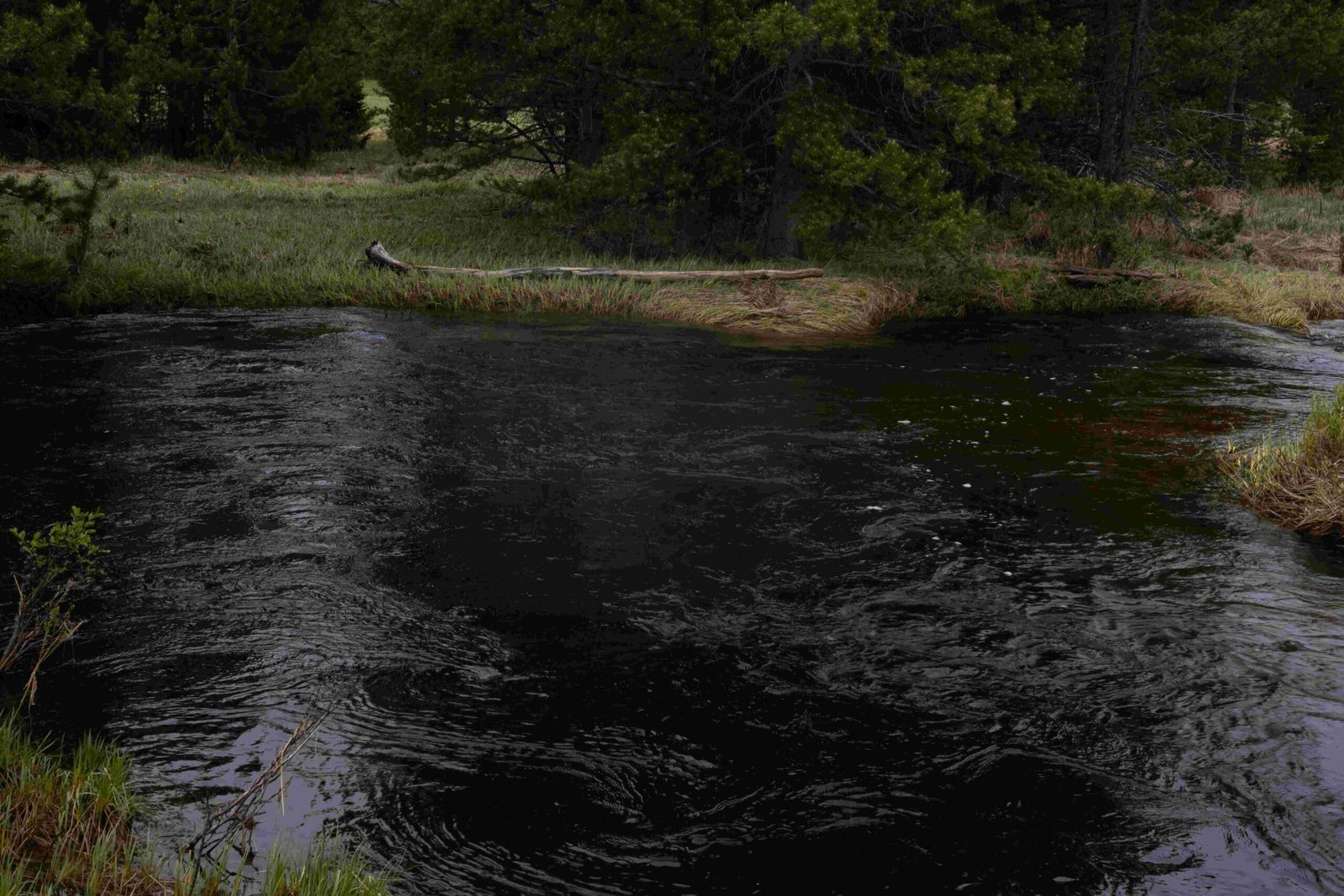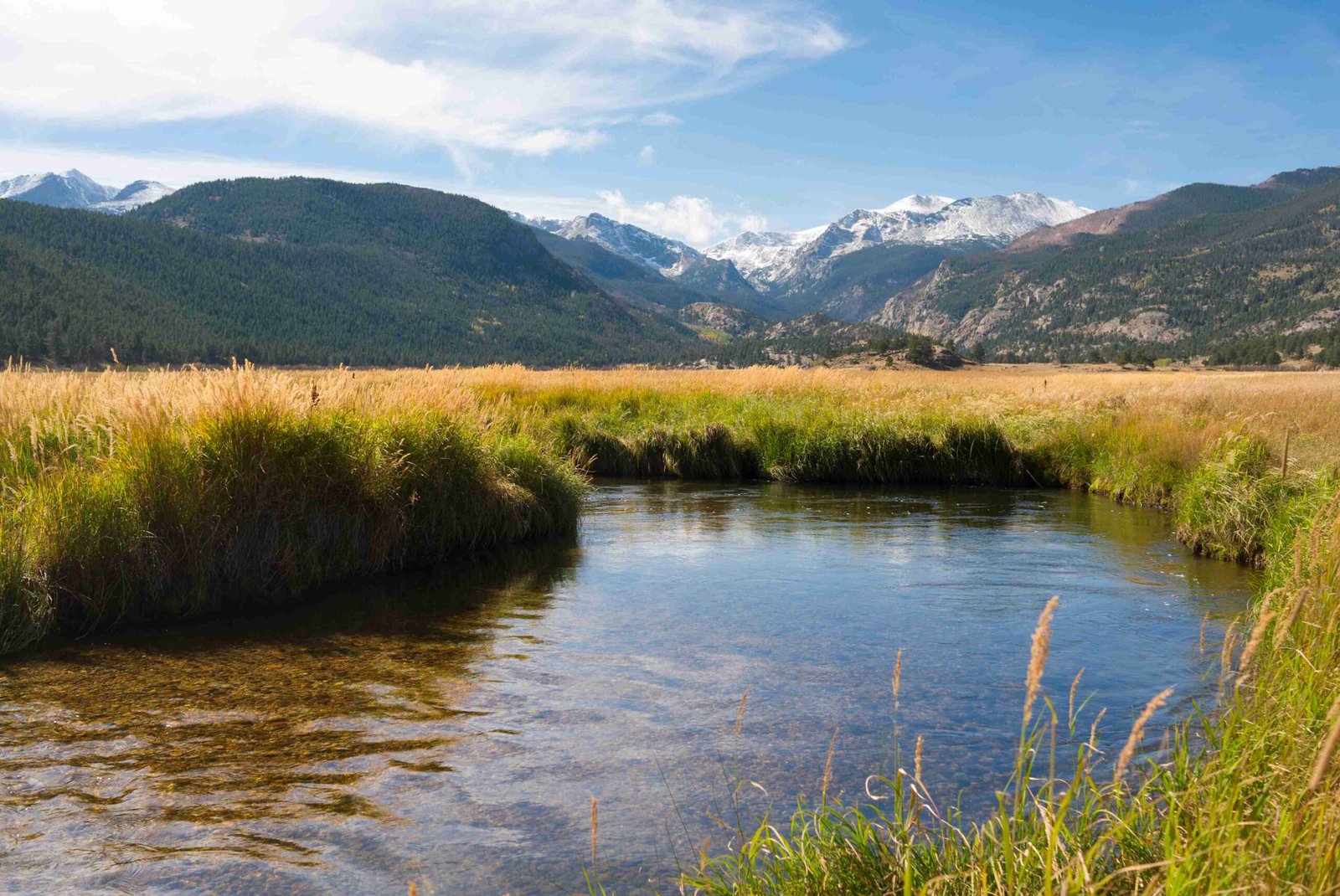Enos Mills, known as the ‘Father of Rocky Mountain National Park,’ was a naturalist, author, and conservationist who played a pivotal role in establishing the park. His tireless advocacy, including writing over 2,000 letters and giving numerous lectures, led to the park’s creation in 1915. Mills’ legacy continues to influence conservation efforts and nature education in the Rocky Mountains today.
Who Was Enos Mills and What Was His Connection to Rocky Mountain National Park?

Enos Mills, born in 1870, moved to Estes Park, Colorado at the age of 15. He quickly developed a deep connection with the Rocky Mountains, climbing Longs Peak over 250 times during his lifetime. Inspired by a meeting with John Muir in 1889, Mills became a passionate advocate for protecting the Rocky Mountains.
Key contributions of Enos Mills to Rocky Mountain National Park include:
- Writing several influential books about the Rockies
- Establishing Longs Peak Inn in 1901
- Founding the Trail School in 1906, the first institution to train naturalist guides
- Campaigning tirelessly for the creation of Rocky Mountain National Park
What Can Visitors See at the Enos Mills Cabin?

The Enos Mills Cabin, located about 8 miles south of Estes Park, offers visitors a glimpse into the early life of this conservation pioneer. Built by Mills at the age of 15, the cabin symbolizes his deep connection to the area and marks the beginning of his life in the Rocky Mountains.
Visitors to the cabin can:
- Explore the historic structure
- Learn about Mills’ life and work through interpretive displays
- Enjoy scenic views of the surrounding landscape
- Take short walks on nearby trails
How Does Enos Mills’ Legacy Continue in Rocky Mountain National Park Today?
While Enos Mills passed away in 1922, his influence on Rocky Mountain National Park and nature education continues to this day. Here are some ways his legacy lives on:
- Ranger-led Programs: Park rangers conduct nature walks and educational programs inspired by Mills’ approach to nature interpretation.
- Trail School Principles: The educational philosophy established by Mills’ Trail School is still applied in many national parks.
- Conservation Ethic: Mills’ advocacy for preserving natural landscapes continues to influence park management and visitor education.
What Activities Can Visitors Enjoy That Relate to Enos Mills’ Work?
Visitors to Rocky Mountain National Park can participate in several activities that honor Enos Mills’ legacy:
| Activity | Description |
|---|---|
| Guided Nature Walks | Ranger-led hikes that focus on the park’s ecology and natural history |
| Educational Programs | Lectures and workshops on conservation and the park’s history |
| Climbing Longs Peak | Following in Mills’ footsteps by ascending this iconic mountain |
| Visiting Historical Sites | Exploring locations associated with Mills, including his cabin |
What Logistical Details Should Visitors Know When Exploring Enos Mills-Related Sites?
When planning a visit to Enos Mills-related sites in Rocky Mountain National Park, consider the following:
- Parking: Available at designated areas near the Enos Mills Cabin and other trailheads, but can be limited during peak season.
- Transportation: Shuttle services are offered during busy periods, and personal vehicles are allowed on most park roads.
- Accessibility: Some trails may present challenges due to terrain and elevation. Check with park authorities for accessible routes.
- Guidelines: Follow park rules to preserve the natural environment and ensure a safe visit.
How Did Enos Mills’ Work Shape the Creation of Rocky Mountain National Park?
Enos Mills’ tireless efforts were instrumental in the establishment of Rocky Mountain National Park. His campaign included:
- Writing over 2,000 letters to garner support
- Delivering 42 lectures across the country
- Providing 430 photographs to showcase the area’s beauty
- Lobbying politicians and influencers
These efforts culminated in President Woodrow Wilson signing the bill to create Rocky Mountain National Park on January 26, 1915.
What Books Did Enos Mills Write About the Rocky Mountains?
Enos Mills was a prolific author, writing several books that helped to promote the beauty and importance of the Rocky Mountains. Some of his notable works include:
- \”Wild Life in the Rockies\”
- \”The Spell of the Rockies\”
- \”Rocky Mountain Wonderland\”
- \”Your National Parks\”
- \”The Story of a Thousand-Year Pine\”
These books not only showcased the natural wonders of the area but also helped to build public support for the creation of Rocky Mountain National Park.
How Can Modern Visitors Connect with Enos Mills’ Vision for Rocky Mountain National Park?
To truly appreciate Enos Mills’ vision for Rocky Mountain National Park, visitors can:
- Participate in ranger-led programs that emphasize nature interpretation
- Explore the park’s diverse ecosystems, from montane forests to alpine tundra
- Visit the Enos Mills Cabin to understand his humble beginnings
- Read Mills’ books before or during their visit to gain his perspective
- Engage in conservation efforts or volunteer programs within the park
By immersing themselves in these experiences, visitors can gain a deeper understanding of Mills’ passion for preserving this magnificent landscape for future generations.
References:
1. Colorado Encyclopedia – Enos Mills
2. My Colorado Parks – Enos Mills, Father of Rocky Mountain National Park
3. National Park Service – Rocky Mountain NP: Administrative History (Chapter 2)

